Recommendations for planting periwinkle and caring for it in the open field
A real green carpet forms a plant like periwinkle in flower beds. Planting it in the garden is possible even for novice flower growers. Even in ancient times, periwinkle was considered the personification of vitality due to its winter hardiness. It was endowed with both protective and witchcraft properties due to its amazing vitality. Caring for it is so simple that the most inexperienced florist can handle it.
Types and features
Periwinkle is a perennial evergreen that is found almost throughout the territory of central Russia and throughout Europe. He has only about a dozen species, flower growers mainly use 4 of them to decorate their plots.
- Periwinkle most suitable for beginner florists. This is an unpretentious winter-hardy species, so caring for it is very simple and easy to grow. It is widespread throughout the European part, it easily takes root in Russian gardens. It does not bloom for long, in May-June, and after flowering it decorates the garden with evergreen foliage. Russian breeders have developed varieties with white and red flowers.
- Periwinkle large differs from the small one in larger inflorescences and leaves. There are varieties with variegated leaves with yellow or white veins. It is not very hardy, so it is advisable to cover it for the winter.
- Pubescent periwinkle found in the wild, mainly in the Caucasus. His flower stalks rise high enough above the carpet of green leaves. This species is not as hardy as others; it needs additional care in the form of shelter for the winter, since its leaves die off in winter.
- Periwinkle herbaceous in the wild, it is found throughout Europe, Ukraine and Russia. Its flowers are smaller than those of other varieties, but it blooms until mid-summer. This variety does not form such a dense layer with its foliage as other species.
Planting and reproduction of periwinkle
Planting periwinkle in the open field is done mainly by cuttings. Creeping shoots of the plant take root from any node of the stem, so it is very easy to cut the shoots into cuttings and plant them. Part of the stem with the resulting roots is carefully removed and transplanted to a new place.
Growing from seeds is a too long process, it is rarely used.
- The best time for breeding and planting is spring or late autumn. When planting outdoors, it should be borne in mind that the plant grows strongly, so the distance between plantings should be sufficient for abundant growth. On the slopes, cuttings are planted in a checkerboard pattern to strengthen the soil and prevent erosion. In winter, young plantings need care: it is imperative to insulate them, regardless of the variety planted.
- Any planting site can be chosen, but the soil is more suitable for neutral or slightly acidic, loose, with good drainage. Periwinkle is undemanding to light, therefore, it is permissible to grow it in the open field under fruit trees and shrubs, where it will not only decorate near-trunk circles, but also retain moisture in the soil.
Important!
It is undesirable to plant periwinkle in heavy clay soils, stagnant water can lead to root rot. To improve the soil, you need to add compost or rotted manure to it.
- It is good to apply nitrogen fertilizers during planting, this will contribute to the growth of the green mass of the plant. The introduction of phosphorus during planting stimulates the development of the root system well and causes abundant flowering.
Caring for periwinkle: feeding, watering
The plant is very unpretentious, caring for periwinkle in the open field is completely simple, it will not cause trouble even for novice growers.
- The plant does not need frequent watering, it perfectly retains the moisture contained in the soil. In very dry periods, watering the periwinkle once a week is enough.
- Care for overgrown plantings consists in thinning to maintain a decorative appearance. To enhance tillering, it is advisable to pinch the shoots. You can also trim the planting after flowering. If the cut stems are placed in water or damp soil, they will soon grow roots and can be planted in open ground.
- Winter care consists in sheltering the plantings for the winter. For this, you can use special covering materials or natural remedies such as straw and pine branches.
- Growing periwinkle does not require additional feeding, but you can fertilize the soil with compost or humus.
Diseases of periwinkle
Periwinkle is rarely affected by disease, but fungal diseases such as rust and powdery mildew can threaten it.
- Rust appears as ginger blisters on the leaves. On the inside, they turn black over time. To avoid contamination with rust, it is necessary to thin out the plantings, to prevent waterlogging of the soil. It is necessary to remove diseased leaves and spray the plants with a solution of the fungicide.
- Powdery mildew appears as a yellowish or white bloom on the leaves. The plant begins to shrink, deform and stops growing. Powdery mildew is best dealt with with preparations containing copper.
Periwinkle: medicinal and decorative properties
Even in ancient times, periwinkle was used as a medicine. Medieval healers considered him a talisman against evil spirits and attributed magical powers. For medicinal purposes, it has been used as a sedative and pressure-lowering agent.
In folk medicine, periwinkle is used as an astringent, wound-healing and hemostatic agent. A decoction of the herb can be used to rinse your mouth with toothache, scurvy, bad breath. The plant is used for diseases of the gastrointestinal tract and internal bleeding. Also, the infusion helps with bronchitis and tuberculosis. The herb is used even for the treatment of blood cancer and tumors.
Important!
The plant is poisonous, because it contains alkaloids that affect the heart, so it must be used carefully. You should not take periwinkle drugs during pregnancy.
For medicinal purposes, use the herb of the plant - stems, flowers and leaves. You can prepare raw materials yourself if the periwinkle grows in your garden. The stem is cut 5 cm from the ground without damaging the roots. Dry in a well-ventilated area, spread out in a thin layer. The herb is stored for a maximum of 2 years in glassware.
For decorative purposes, periwinkle is used as a uniform green carpet to decorate not too steep bare slopes. It is especially successfully combined with conifers and alpine stone slides.
As an ampelous plant, periwinkle can decorate walls and stone fences. All of its species grow well in pots, so containers with periwinkle, hanging on both sides of the front door of the house, will be a wonderful frame for it.
Often this plant is used to emphasize the contour of flower beds or use it as a natural border. Many gardeners plant periwinkle under fruit trees, because it grows well in shaded areas. You can place it at home in pots with large plants. Dangling effectively from the pot, it will also protect the soil from drying out.
For practical purposes, you can use the plant to control weeds in your garden. Growing in a dense carpet, it does not allow them to germinate and new seeds fall into the soil. In addition, it protects the soil from moisture loss and erosion.
Simple plant care, ease of planting and growing in the open field, decorative and medicinal properties will make periwinkle a desirable decoration for your garden and flower garden.
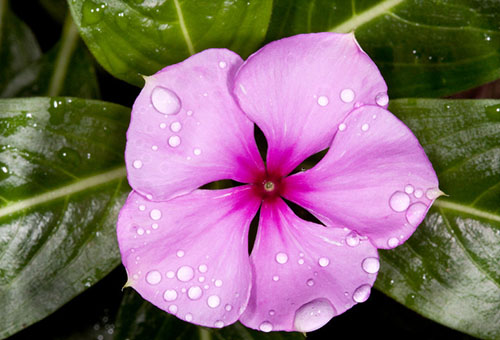
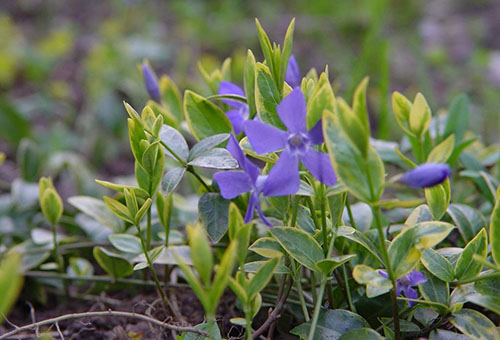
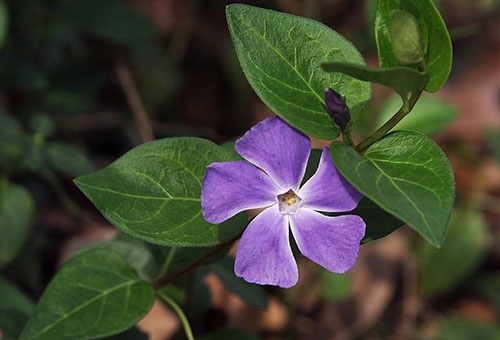
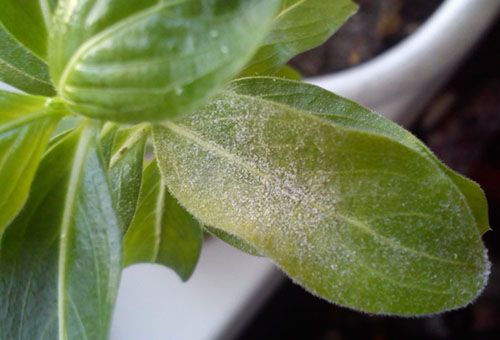
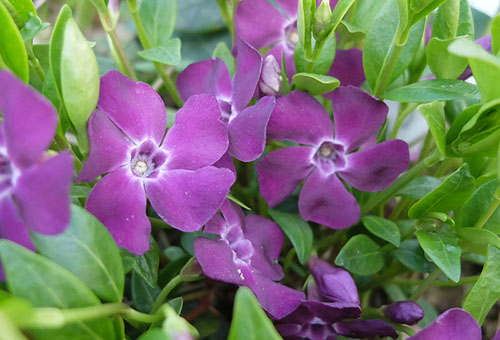
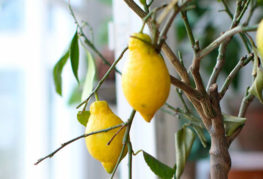
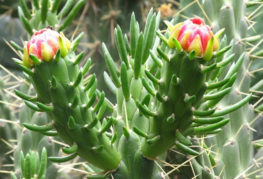
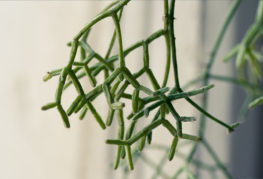
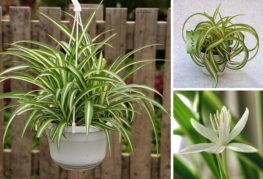
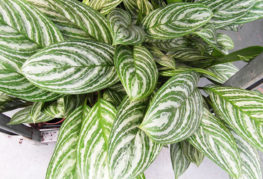
and will be published shortly.